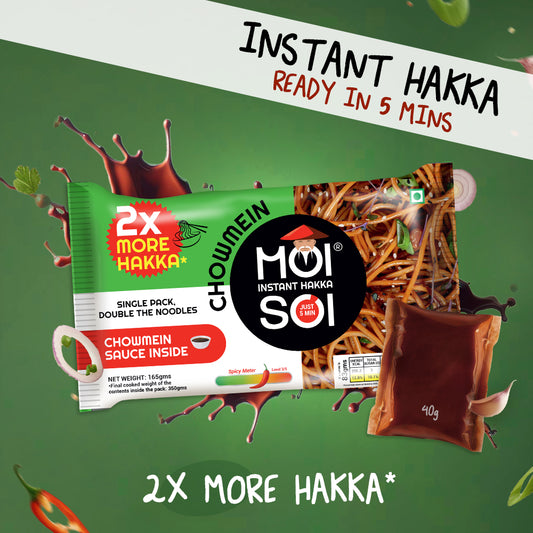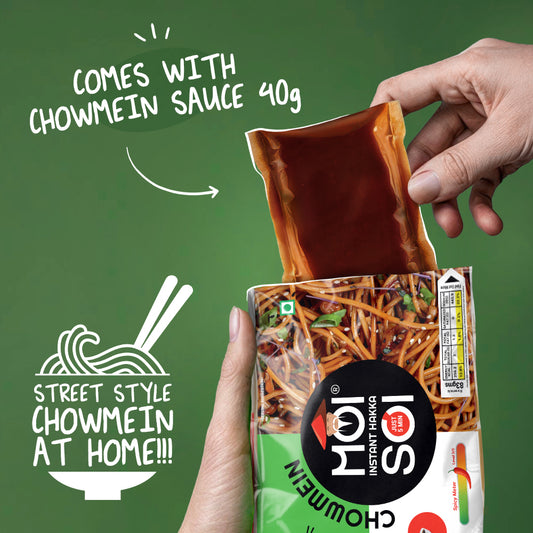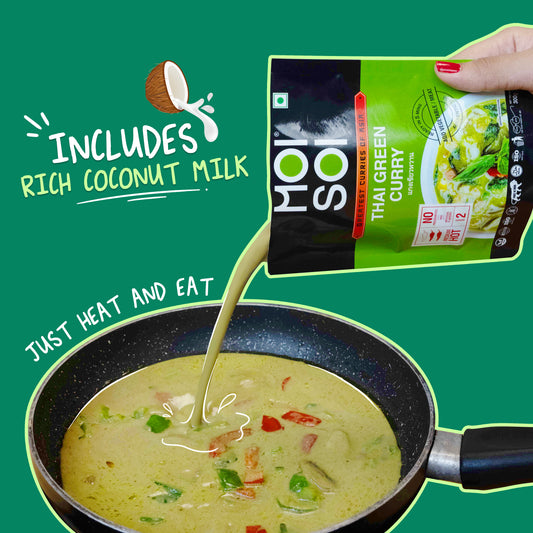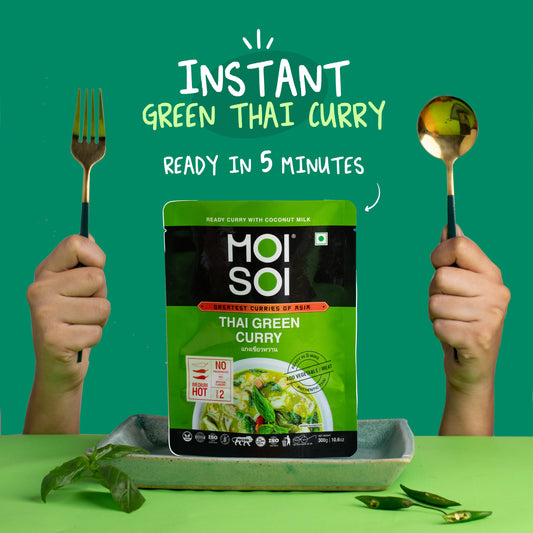Udon vs. Soba: Unravelling Japanese Noodle Mysteries
Ever faced the delightful dilemma of choosing between udon's chewy strands and soba's nutty flavours? You're in good company! Today, we’re diving deep into the world of two iconic Japanese noodles that have captured the hearts and taste buds of people worldwide—Udon and Soba. So, grab your chopsticks and let’s get started on this delicious journey together!
What is Udon?
Udon is a thick and chewy noodle made from wheat flour, salt and water. Originating from the southern regions of Japan, udon noodles have been a staple in Japanese cuisine for centuries. They are known for their soft, doughy texture and mild flavour, making them incredibly versatile and perfect for soaking up the rich flavours of broths and sauces.
Types of Udon
Now, let’s talk about variety! Udon noodles come in various shapes and sizes, each with its own unique characteristics and culinary application. Let’s look at some:
1. Kake udon- This is the most basic type of udon, served in a simple dashi-based broth and topped with green onions.
2. Kitsune Udon: A sweet and savoury delight, Kitsune Udon features fried tofu slices as its star topping.
3. Tempura Udon: For those who love a bit of crunch, Tempura Udon pairs crispy tempura with soft and chewy noodles and a flavorful broth.
4. Yaki Udon: Stir-fried Udon noodles tossed with vegetables and your choice of protein, which offers a comforting contrast of textures.
What is Soba?
On the other side of the spectrum, we have Soba—a thin, delicate noodle prepared from buckwheat flour. With its earthy flavour and slightly nutty undertones, soba has a unique taste profile that sets it apart from its Udon counterparts. Originating from the mountainous regions of Japan, soba noodles are not just a culinary treat but also a symbol of adaptability.
Types of Soba
Soba noodles also come in a bunch of varieties, each offering a different taste and texture. Here are a few of the different types:
1. Zaru soba- For this dish, chilled soba noodles are served on a bamboo mat, followed by a dipping sauce and garnished with nori seaweed and green onions.
2. Kake soba- Soba noodles served in a hot broth, often decorated with green onions and tempura crumbs.
3. Tanuki soba- This playful version of soba features crispy bits of tempura batter sprinkled on top, giving an enjoyable crunch to every bite.
4. Mori soba- A simple yet elegant dish, mori soba is served cold with a dipping sauce and adored with toppings like wasabi, green onions and grated radish, preferably.
Differences Between Udon and Soba
While both udon and soba are beloved noodle dishes in Japan, they differ in several key aspects:
1. Ingredients: Udon is made from wheat flour, while soba is prepared from buckwheat flour, giving each noodle its own distinct flavour and texture.
2. Texture: Udon noodles are thick and chewy, whereas soba noodles are thin and delicate.
3. Flavour profile: Udon noodles have a mild and neutral flavour, making them quite adaptable to various broths and sauces. In contrast, soba noodles have an earthy and nutty taste that adds depth and complexity to any dish.
4. Culinary applications: While udon shines in hearty soups and stir-fries, soba excels in cold noodle salads and dipping sauces, showcasing its universal nature.
Conclusion
So, there you have it—the captivating story of udon and soba, two popular Japanese noodles that continue to fascinate food enthusiasts all around the world. Whether you are craving the comforting embrace of a hot Udon soup or the refreshing appeal of chilled soba noodles, there is something magical about these dishes that never fails to impress.
At Moi Soi, we proudly serve authentic and delicious Udon and Soba noodles crafted with natural ingredients. Our unwavering commitment to your well-being ensures no artificial flavours or MSG, allowing you to indulge in guilt-free restaurant-style goodness. Experience the authentic taste of Japanese and Chinese noodles at Moi Soi today!




